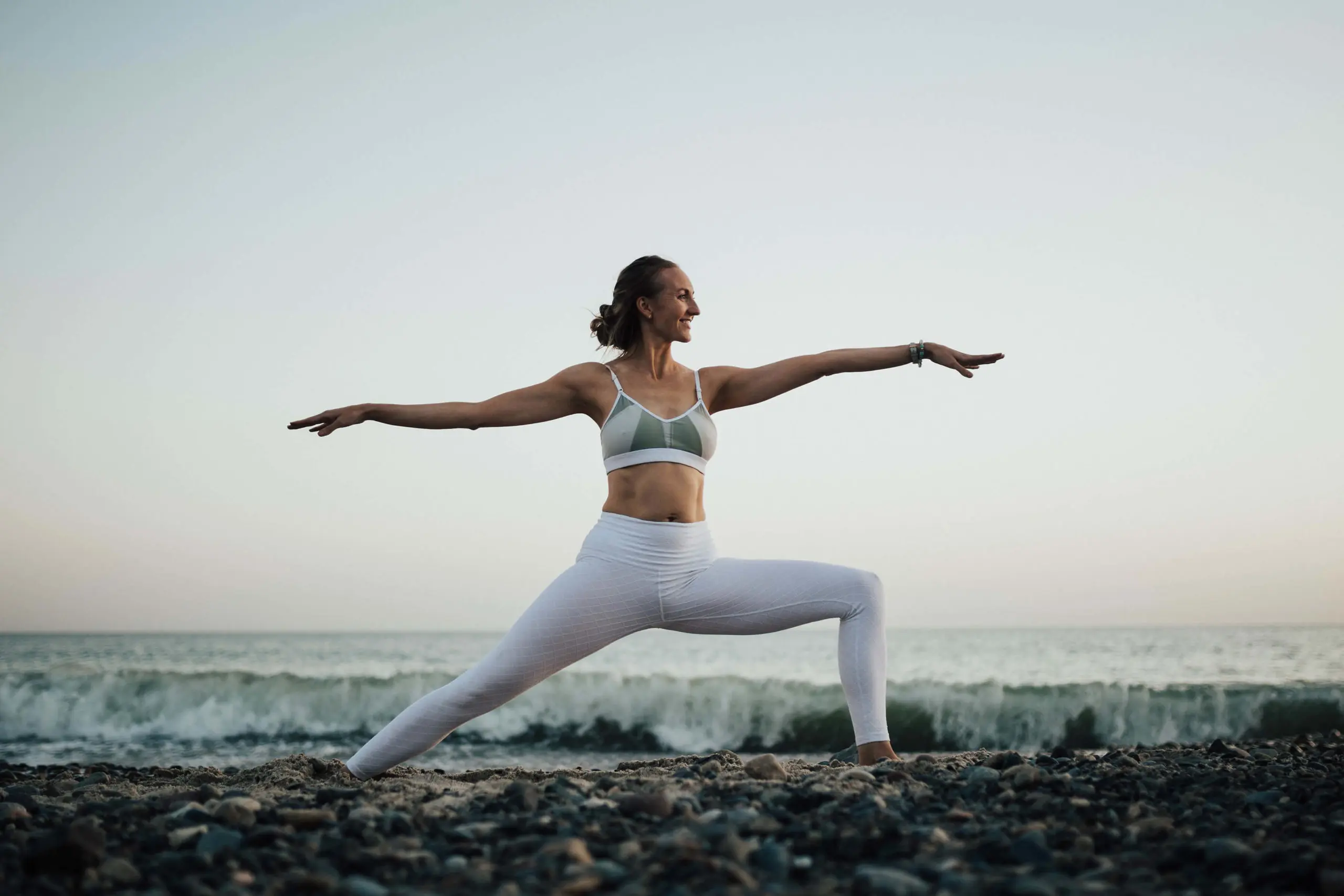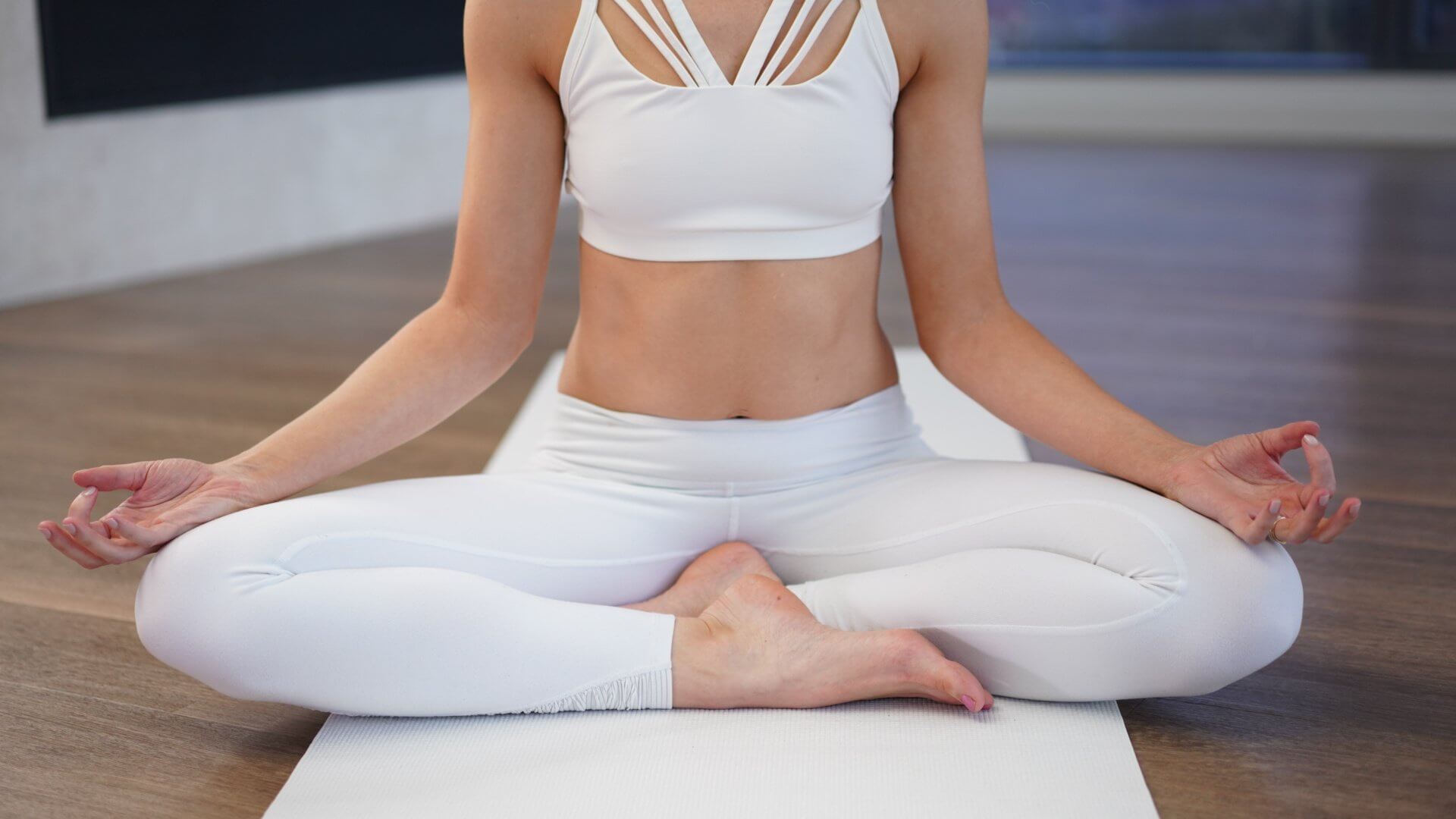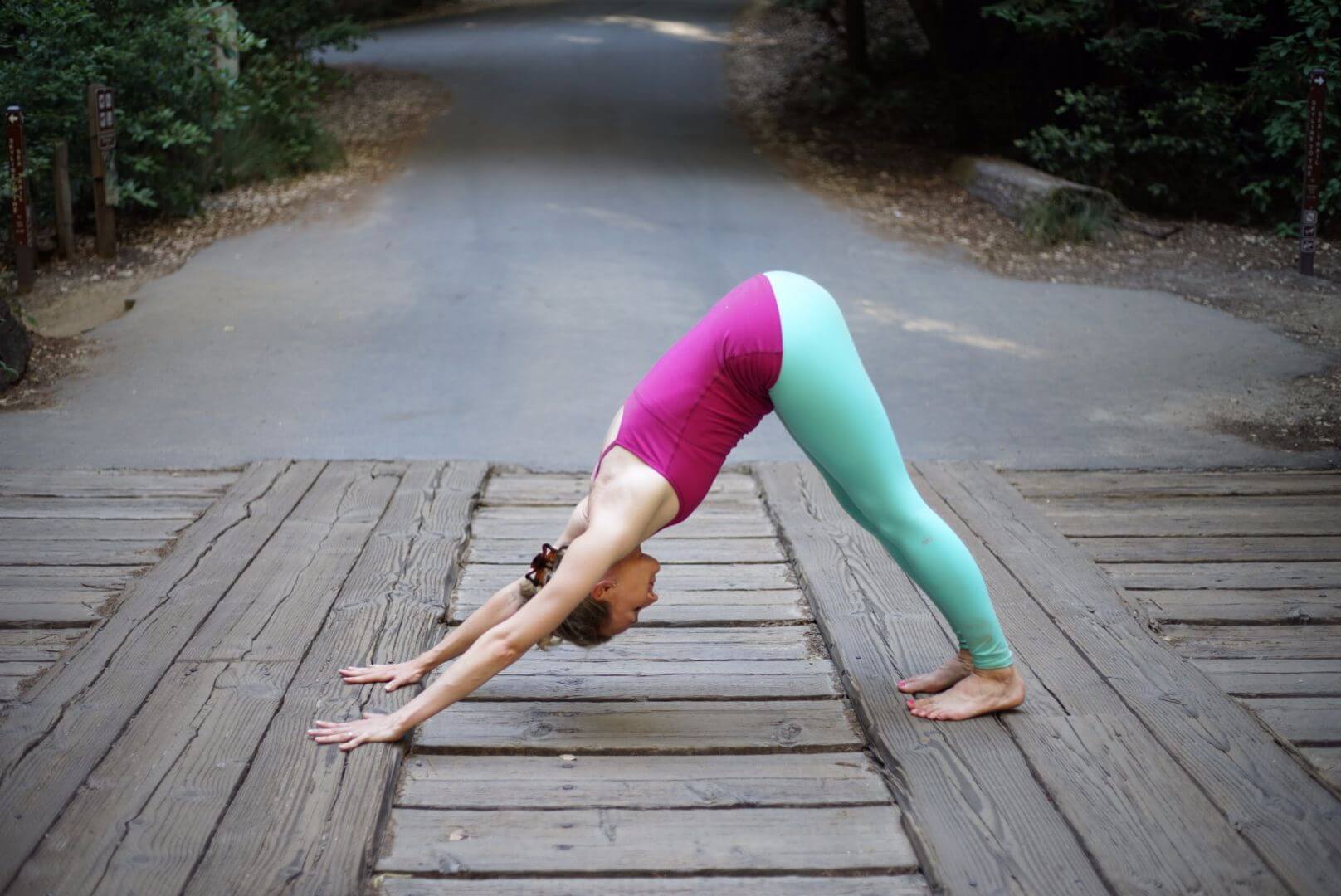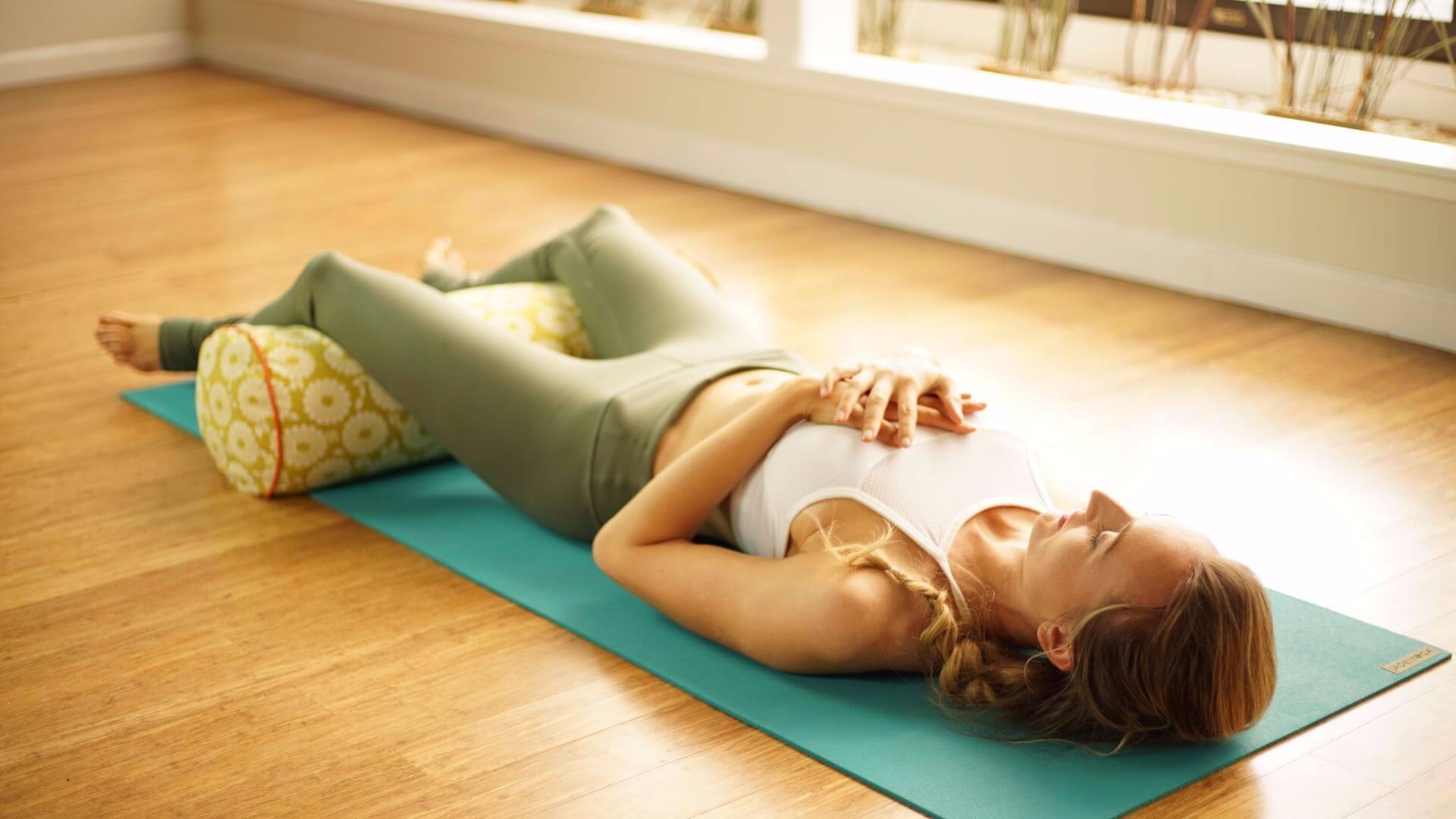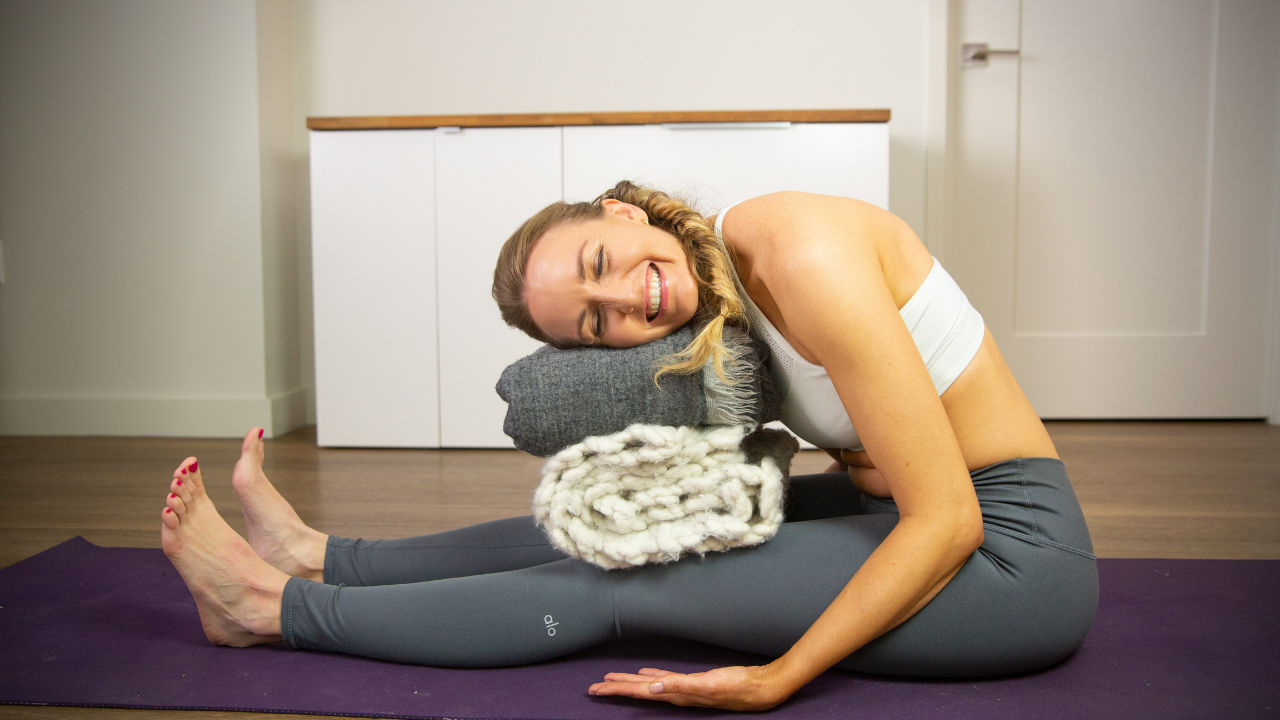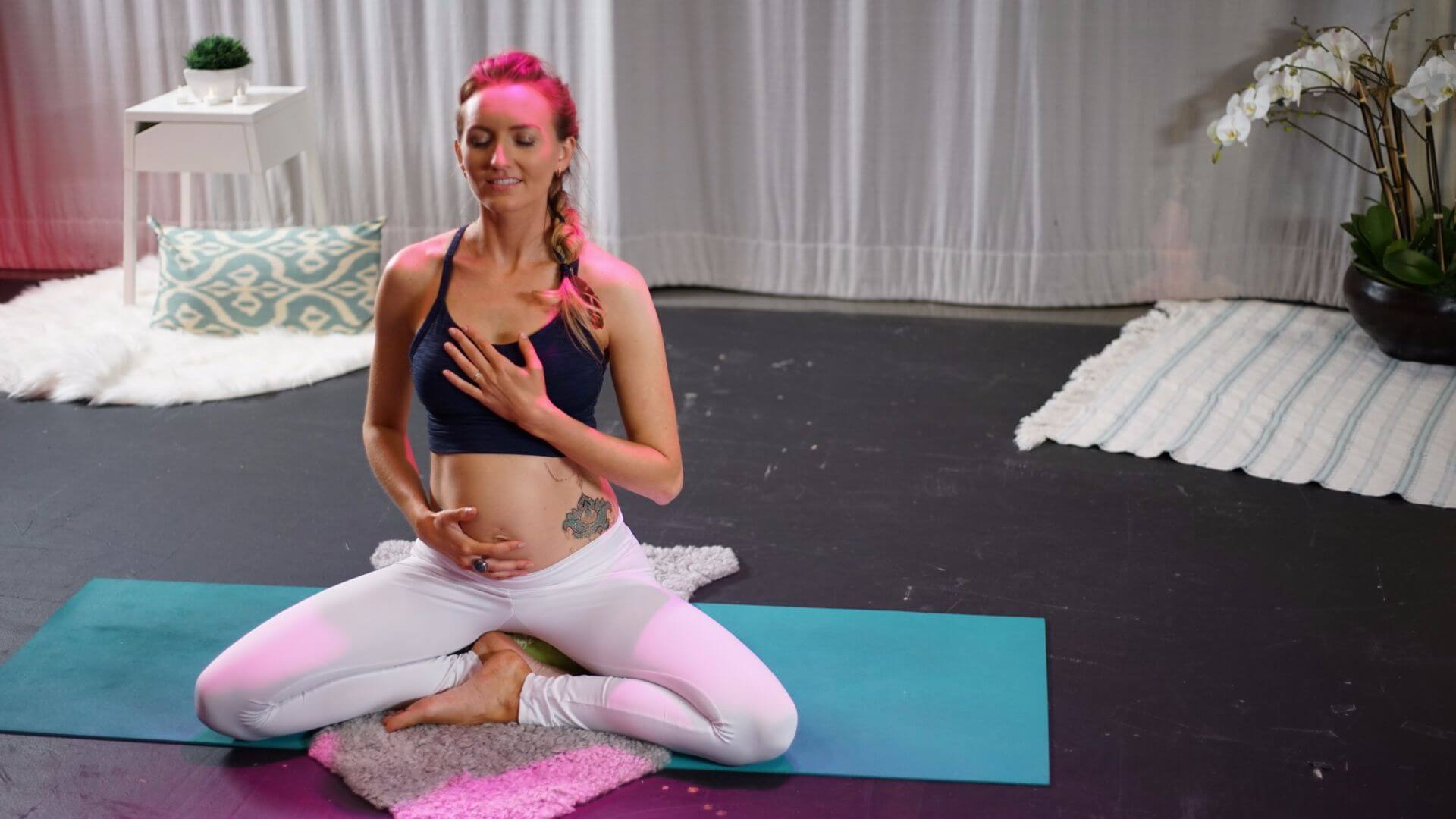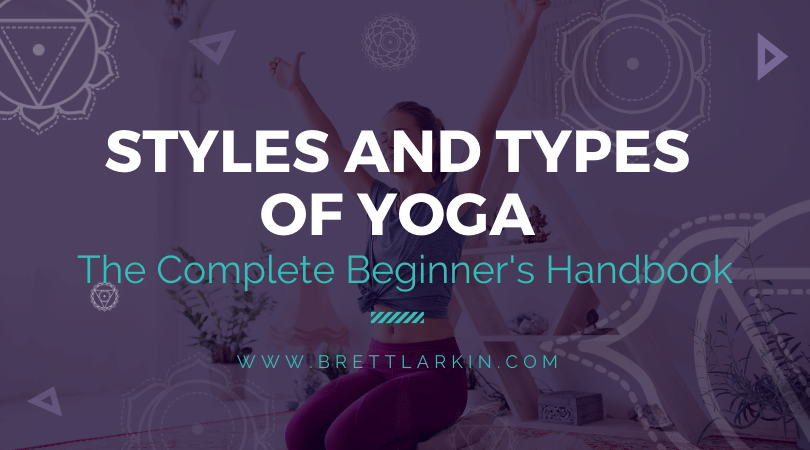
The roots of yoga can be traced back to almost 5000 years back, in the Indus-Saraswati civilization of India. Its earliest archives can be found in the Rig Veda, one of the four ancient texts that document the rituals, philosophy, hymns, and mantras of classical Hinduism. Today, yoga is practiced in many types and styles across the globe as a means to physical, means to physical, mental, and spiritual harmony.
But how well do you know yoga? You may practice a routine regularly or know the names of all the asanas, but is that enough? How do you determine what’s right for you from the many different types of yoga out there? Which style of yoga will be ideal for your body structure or medical condition?
If you haven’t asked yourself these questions before, you should now.
When done right, the effects of yoga can be life-altering. But if practiced without sufficient guidance, it could result in irreversible consequences. This is why it is necessary to understand every aspect of yoga before you attempt to practice it.
Through this article, I will be giving you a 365° view of the different types and styles of yoga so you can decide on which yoga classes to enroll in and what kind of guidance you should seek.
The 4 Types of Yoga

Traditionally, yoga was not about poses or asanas. The term ‘yoga’ in Sanskrit can be interpreted as ‘union’. The art of yoga is steeped in the philosophy of oneness—of the mind and body, and the self and the universe.
As such, each type of yoga is treated as a path. No matter the path you choose, it will lead to enlightenment and to end suffering.
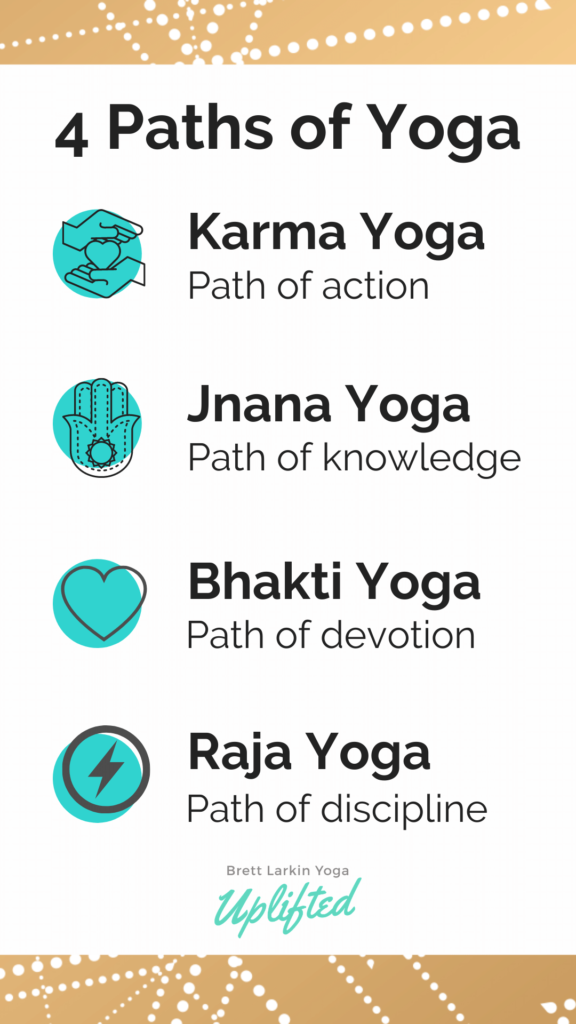
Based on this principle, there are primarily four types of yoga—this is where many yogis go wrong, as there are numerous ideologies being followed and many different styles to practice the asanas—but all of these styles come under four major branches. Let’s take a look at each of them.
1. Bhakti Yoga
The Sanskrit term ‘Bhakti’ can be literally translated to ‘worship’ or ‘devotion’. Bhakti yoga is considered to be a path of self-realization by becoming one with the divine being. Usually practiced through bhajans and kirtans (devotional chants), this type of yoga helps you harness intense emotions like anger and sadness by concentrating on the divine; making you realize the universal love that envelops you.
2. Jnana Yoga
Jnana in Sanskrit means ‘knowledge’. When practicing jnana yoga, you tread a path of intellect and wisdom through meditation, the study of sacred texts, self-analysis, and contemplation. This enables you to be alert and stay focused, allowing you to gauge yourself as well as the world around you with precision and practicality. Jnana yoga practice helps unveil the sheaths of illusion blinding you, helping you finally see the true meaning of life.
3. Karma Yoga
Karma stands for ‘action’. This type of yoga focuses on doing good for others through selfless actions or service. It is a popular belief that there is good and bad karma, but that’s not exactly true. Karma is just karma—the use of your body, the release of the Karmic (physical) energy within you. Through karma yoga, you learn to be kind and compassionate without expecting anything in return. This helps you step away from your ego and get closer to your goal of enlightenment. Karma yoga can be incorporated into your life by helping out a neighbor, donating to a cause, or volunteering for the community. It can be any act of service as long as you put somebody else’s needs before yours, and feel grounded while doing so. Over time, this practice could even turn it into a way of life.
4. Raja Yoga
The word Raja means ‘king’ or ‘royalty’ in Sanskrit. Likewise, when you practice Raja yoga, you become strong, confident, and self-assured. Raja Yoga is the path towards personal enlightenment by balancing Bhakti yoga, Jnana yoga, and Karma yoga. Practicing this type of yoga will help you attain self-awareness and inner peace.
Most Popular Types of Yoga Styles
Just like there are many types of yoga, there are different types of yoga styles too. Here’s a list of the most popular styles of yoga practiced across the globe.
Traditional Yoga Styles
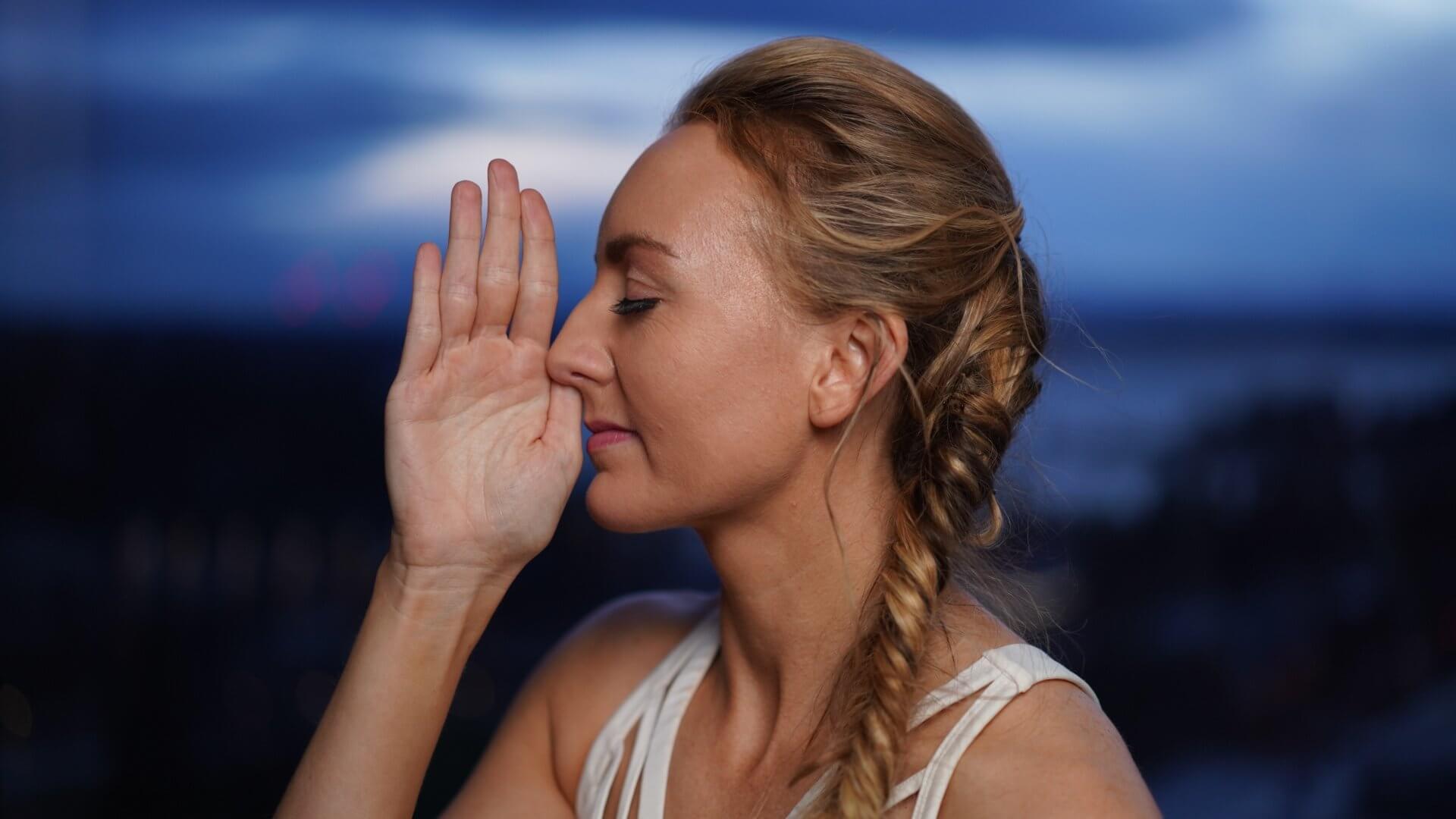
1. Kriya Yoga
Kriya Yoga is an ancient technique that involves meditation and pranayama (breath regulation). It is a path that leads you to spirituality through meditation practices and simple living. According to Swami Paramahansa Yogananda, the guru who introduced Kriya Yoga classes to the Western world, this style is the most straightforward and effective means to reach a yogi’s ultimate goal—becoming one with the divine. Kriya works by directly drawing the prana (life force) from the base of the spine, enhancing self-awareness and strengthening the will.
2. Hatha Yoga
Hatha yoga is an umbrella term used to describe all yoga styles characterized by physical movement. Hatha yoga involves using your body or asanas (yoga poses) to move your energy in certain directions. Hatha classes are ideal for beginners as they are paced slower than the other yoga styles and will train the yogi to regulate their breathing and meditate while the poses are held. Practicing traditional hatha yoga poses enables a practitioner to enter the higher, deeper realms of yoga with better mind-body balance and breath control. Because it’s so widely practice, becoming a hatha yoga teacher is often the first step new yoga teachers take while defining their niche.
You Might Also Like: Practice a Hatha Yoga Sequence
3. Tantra Yoga
There is a common misconception that Tantra yoga is all about unbridled sexuality. This style of yoga is based on the principle that whatever pulls you down can also raise you up. This is why Tantra yoga focuses on the three major factors that cause you to fall back in life—food, alcohol, and sexuality. There are actually multiple types of Tantra yoga that are referred to by color. White Tantra is a form of group meditation that involves zero physical contact and aims to raise your spiritual charge through breathwork, chanting, and postures performed in specific seated formations.
While sexuality focuses on releasing energy, tantric yogis build up energy to the uppermost chakras in their bodies using every basic instinct, including intellect, emotions, sexual drive, and survival process. Tantric yoga classes primarily help students to build this instinct. With practice, the extreme discipline derived through tantra yoga can condition the mind and body to perform incredible feats.
4. Vinyasa Yoga
Like Hatha yoga, Vinyasa yoga is a discipline that involves numerous breath-coordinated yoga postures. But the Vinyasa flow is more athletic and fast-paced, and doesn’t require you to stay in an asana for too long. During vinyasa yoga practice, your focus should be on transitioning from one pose to another quickly, so as to get your heart pumping. This is a physically challenging discipline that engages your core and gives you a full cardio workout. As there is no set structure for vinyasa yoga, the flow of poses could vary for each class, depending on the teacher’s preferences.
Spiritual Yoga Styles

1. Kundalini Yoga
Equally spiritual and physical, kundalini yoga is one of the most enigmatic styles of yoga in the world. As the form of kundalini yoga is mentally and physically challenging, it is recommended that you enroll in classes before attempting this discipline on your own. This style aims to awaken the kundalini (life force) energy coiled in the lower spine through breathing exercises, mediation, chanting. The kundalini flow involves a lot of fast-paced movement coupled with periods of relaxation, which trains you to pay attention to your internal sensations and creative energy.
2. ISHTA Yoga
ISHTA Yoga is a blended yoga style combining ancient and contemporary yoga teachings to cater to the needs of each disciple. ISHTA is an acronym for ‘Integrated Science of Hatha, Tantra, and Ayurveda’. Additionally, ‘Ishta’ in Sanskrit means ‘preference’ or ‘liking’, reinforcing the key element of following one’s individual desire when practicing this yoga style. Apart from training yogis to follow their own path, ISHTA yoga classes train them in meditation, pranayama, kriya, and Tantric philosophy.
3. Sivananda Yoga
Sivananda Yoga can be defined as a structured and precise approach to classical Hatha Yoga. It is one among the handful of schools that follows the authentic yoga principles and disciplines. This yoga style is based on the wisdom of Swami Sivananda, an eminent physician and philosopher who hailed from South India. A traditional Sivananda yoga class can be broken down into a comprehensive series of asanas and pranayamas performed in a certain order. This 90-minute long session starts with an opening prayer, followed by breathing exercises, sun salutations, and finally the closing prayer. This sequence will cover all 12 basic asanas, finally wrapping up with savasana.
Gentle Yoga Styles
1. Restorative Yoga
Just like its name, restorative yoga is meant to relax and rejuvenate the mind and body. This style of yoga involves many classic yoga asanas modified to be more relaxing and soothing. Attending a restorative yoga class can help connect with your parasympathetic nervous system, allowing your senses to slip into a deep state of relaxation. The sessions make use of props like yoga blocks, blankets, and bolsters to prevent your body from enduring too much stress while practicing different yoga postures. If you are battling insomnia, anxiety, or other stress-related medical conditions, attending a restorative yoga class once a week could make a world of difference.
2. Yin Yoga
Yin Yoga is ideal for those who are not too keen on rigorous physical practice. This yoga style is slow-paced compared to the others and focuses on holding poses for a longer interval—45 seconds to two minutes—and involves numerous seated postures that focus on inner peace and spirituality. Yin Yoga is based on the principle that holding the poses for an extended time can improve the qi or prana energy in your body. It also stretches your connective tissue, making it more elastic, and increases the blood circulation in your body. This style of yoga too involves the usage of props to flex the muscles and boost their elasticity.
NOTE: If you are someone with any type of connective tissue disease, then signing up for a Yin Yoga class is not a wise idea.
3. Yoga Nidra
Literally translated as “yogic sleep”, yoga nidra is a conscious meditative practice that can help you attain mental, physical, and emotional relaxation. Though there are many ways in which this yoga style can be practiced, most of the steps are the same and are intended to help you relax. When practiced right, Yoga Nidra can take you to a deeper meditative state where you are fully conscious but your mind and body are completely at ease. This state of tranquility allows your unconscious to reveal new ways to think, heal, and fulfill your intentions.
4. Prenatal Yoga
Prenatal yoga is a style that can be practiced by expectant mothers without posing a risk to the fetus. You can request the yoga studio to customize the sequences depending on which trimester you are at. As it is meant for moms-to-be, Prenatal yoga excludes poses that are too exerting or unsafe. The classes can help stretch your pelvic floor muscles and familiarize you with breathing techniques that can be exercised during labor to stay calm and focused.
NOTE: Make sure to check with your doctor before you sign up for classes.
Athletic Yoga Styles
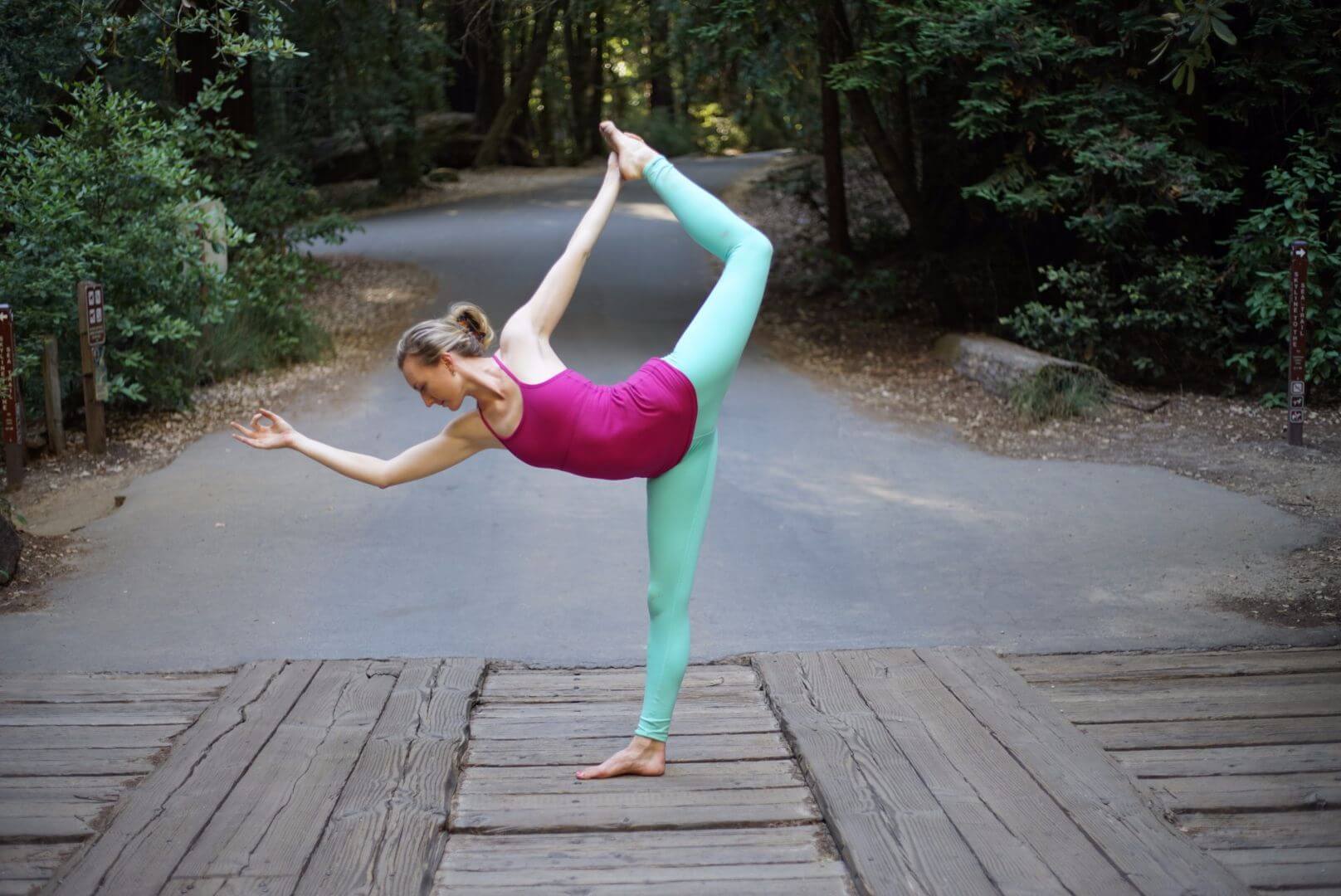
1. Jivamukti Yoga
Jivamukti yoga is not just a yoga style, but a physical, spiritual, and ethical lifestyle. Established in 1984, this proprietary yoga style was co-founded by the New York-based musician and dancer Sharon Gannon and her partner David life, an artist and cafe owner. This school of yoga incorporates Vinyasa style asanas and sequences along with pranayama, meditation, chanting, and deep relaxation. Apart from yoga, Jivamukti classes focus on art, poetry, philosophy, music, and courses on Sanskrit, Hindu scriptures, and kirtans.
2. Ashtanga Yoga
Ashtanga yoga was introduced to the world by K Pattabhi Jois, an Indian yoga teacher and a Sanskrit scholar. A varied form of vinyasa yoga, Ashtanga yoga integrates the eight limbs of yoga — Yama, Niyama, Asana, Pranayama, Pratyahara, Dharana, Dyana, and Samadhi — in multiple rounds of sun salutations and different standing and floor postures. This yoga style could take years to master and should be practiced only by experienced yogis, as the poses are complex and physically demanding.
3. Power Yoga
Popularly known as “gym yoga”, power yoga refers to an energy-packed approach to the vinyasa practice. Though it was initially modeled similarly to Ashtanga yoga, it evolved over time to form its own style. Power yoga has no set sequence, giving yoga instructors the freedom to form their own routines, thus making every class unique. The sessions generally focus on fast-paced athletic movements like in Ashtanga yoga and a series of poses done in sequence, similar to Vinyasa yoga. Power yoga is widely popular in the USA as it rebrands yoga as a workout.
4. Iyengar Yoga
Iyengar yoga was established by B.K.S. Iyengar, an Indian yoga master, philosopher, and author. This form of yoga focuses on the proper alignment of the body, making it ideal for those battling joint problems or recovering from injuries. Iyengar yoga focuses on linking breath with precise poses that are held for long durations. You can make use of props like blankets and blocks during the class to achieve the right posture and alignment. The regular practice of Iyengar yoga can help boost mobility, strength, and flexibility.
6. Anusara Yoga
Drawing inspiration from Iyengar Yoga, John Friend, an American Yoga teacher, introduced Anusara yoga to the world in 1997. Initially a student and then a teacher of Iyengar yoga, Friend attracted many followers from the West, given his modernized approach to the traditional style. Anusara yoga’s ultimate goal is to align oneself with the divine by shifting the focus from perfecting a pose to the beauty that already exists in the yogi. The practice involves the alignment of three focal points—the upper palate focal point, the heart focal point, and the pelvic focal point.
7. Hot Yoga
“Hot yoga” and “Bikram Yoga” are often two styles that people tend to mix up. Though they have some similarities, they are not the same. Hot yoga refers to yoga that is practiced in a heated room (but there is no set room temperature). As there are no set rules or pose sequences, each class tends to be different and innovative. If you are someone who likes sweaty workouts, you can definitely give hot yoga classes a try.
8. Bikram Yoga
Bikram yoga is a type of hot yoga practice that was developed by an Indian yogi named Bikram Choudhury. This yoga practice involves a rigid set of yoga poses performed in the same sequence every time. Each 90-minute-long class comprises a series of 26 basic postures and two breathing exercises, all performed in a room heated to 105° Fahrenheit, with 40 percent humidity. The Bikram style yoga closely focuses on perfectly aligned postures synchronized with the breath.
9. Aerial Yoga
Not a big fan of complex poses that require balance and flexibility? Then aerial yoga is for you. During an aerial yoga class, you practice the poses using a silk hammock suspended from the ceiling instead of a yoga mat. The hammock acts as a support system that enables you to do challenging poses; especially inversions, without the added pressure on your head, shoulders, or spine. Over time, this will help improve flexibility and boost strength.
Closing Thoughts
Now that you have a clear picture of all the types and styles of yoga, you can take an informed decision on which ones to pursue or avoid. Not every style will be your cup of tea—consider factors like body type, existing medical conditions, previous injuries, and fitness goals before making up your mind to embrace a yoga type or style. Your comfort and competency levels play a big part too; start slow and slowly work your way up to the level you aspire to be. After all, yoga is all about making peace with who you are.
Next Steps
- If you’re interested in learning the three skills that empower you to embody your yoga off the mat to get the results you desire in your personal life, check out my Yoga for Self Mastery course.
- Explore my knowledge hub for How to Become a Yoga Teacher or consider becoming a Somatic Yoga Coach in my newest certification program.
- Practice yoga with me on my YouTube channel with over a thousand free classes.
Experience 3 Training Videos from Inside My 200-Hour Online YTT

YOU MIGHT ALSO LIKE
- Somatic Yoga Benefits, Tips, And Somatic Yoga Poses
- What is Kriya Yoga? The Philosophy and Practice
- Try This 30-Minute Yoga Nidra Script for Deep Sleep and Relaxation [+ Video]
- 9 Fierce Kundalini Yoga Poses to Light Your Inner Fire
- Tantra Yoga: The Most Misunderstood Path of Yoga
- Styles and Types of Yoga: The Complete Beginner’s Handbook
- What is Hatha Yoga? The Origins, Definition, Poses, & Practice
- What Is Trauma Informed Yoga And Should I Get Certified?
- How To Do High Lunge Pose
- 10 Yin Yoga Poses To Melt Away Stress (For Beginners)
- Amazing Benefits of Ashtanga Yoga That Your Studio Won’t Teach You
- Earthing Yoga 101: 6 Poses To Connect With The Earth (Root Chakra)
- Find A Gentle Yoga Sequence That Anyone Can Do
Learn how to do 11 of the most popular yoga poses correctly. Free video + PDF download.


